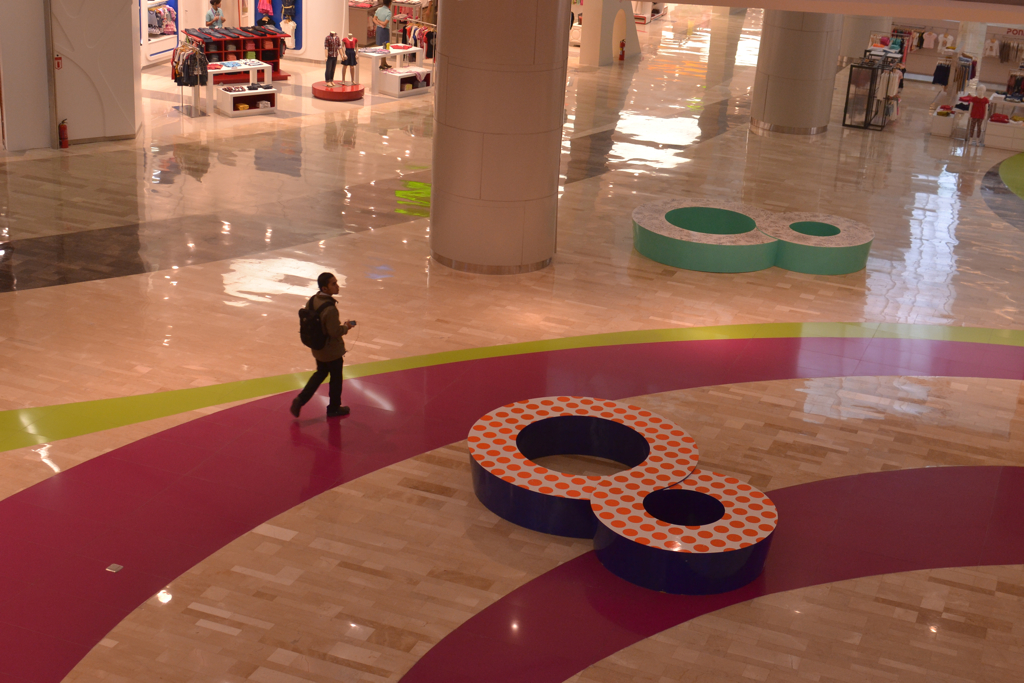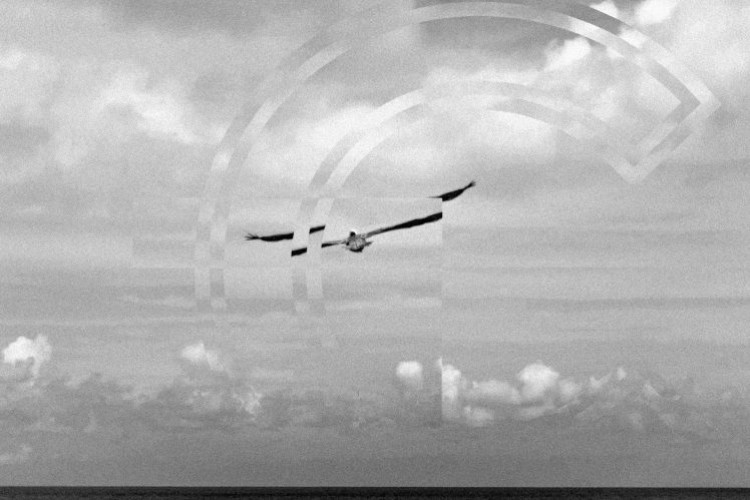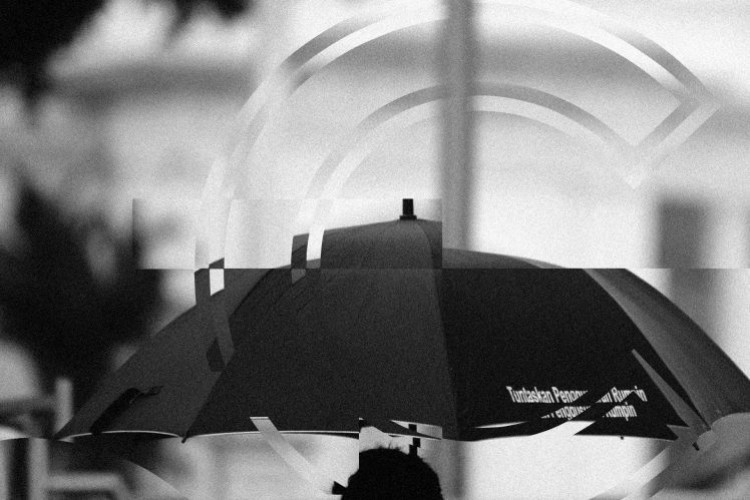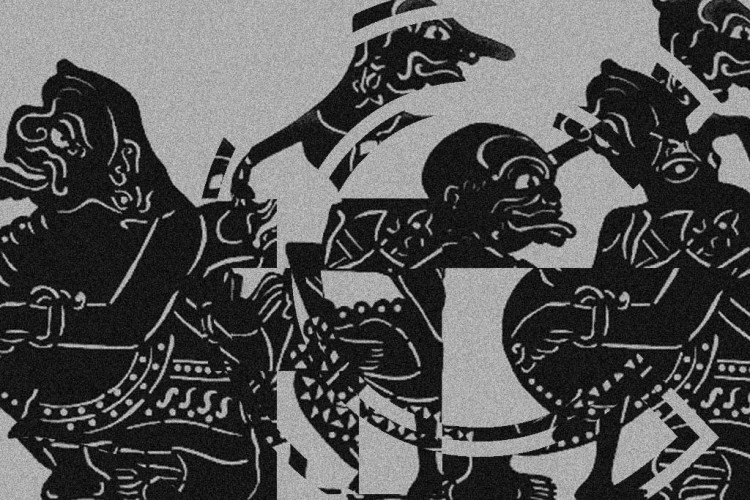
I.
Why don’t we walk more? Why do we ride cars, or take an ojek, buses or trains? Why do we insist on waking up in the early hours of the morning to beat the traffic, when we almost always end up in the company of many other like-minded (and equally irritated) commuters? Why is it always such a burden to grind through the seemingly endless stretch of soot and asphalt that is Jakarta?
There is a wealth of jokes about Jakarta’s traffic concerns, but the punchline always remains the same; everyone ages in transit. I sense that a big part of this issue of urban development lies in our haphazard pastiching of Western lifestyles and technologies without putting much thought into its suitability and application. Unlike the more individualistic societies of the West, this country relies on its multicultural social make-up to interact and fraternize. I see more and more people using mobile phones while driving; there are instances of motorcyclists chatting to each other while riding around town. And with the one-year commemoration of the fatal Xenia road accident just behind us, there cannot be a more appropriate time to ask: Why aren’t we walking more?
Walking presents a viable solution to the growing pains of Jakarta’s traffic congestion. Our urban planners have slowly developed a city that is hostile to its pedestrians, but favors motorists. If our propensity towards socializing is anything to go by, we should all start shedding our metal and rubber and start putting our feet to good use.
II.
I believe that walking in the city is a fundamental way of preserving our variegated cultural identity. From walking in the city, we learn about our surroundings; we metaphorically read the city we inhabit. When we intimately know the place we inhabit, we form a connection with it in a way that strangers cannot. We become citizens; we practice a shared identity, an imagined community. Unfortunately, walking in the city has been reduced to discourses mostly relating to consumption or politics. Compared to the inspiration one experiences of walking in (and appreciating) nature, walking in the city has a diminished reputation and can easily be turned into activities that are, at the very least, morally suspect. Rebecca Solnit, in her book, Wanderlust, breaks the act of such connoted walking into “soliciting, cruising, promenading, shopping, rioting, protesting, skulking, and loitering.”
Jakartans have one particular guilty pleasure in common: shopping. In addition to the dense housing projects and road development that have proliferated in the capital, shopping malls have become a ubiquitous sight. A 2006 article from KOMPAS marks the point when Jakarta’s property business tycoons have started to seriously take the Superblock approach to urban development often seen in cities like New York, Paris, Shanghai and Singapore; not only are we losing more space to vehicle-heavy construction, we are also forced to confine our movement to these huge privately owned commercial institutions. Fiona Templeton, in Mis-Guide, a collaborative effort to propose a manifesto for a new walking culture, aptly frames our habits of shopping in connection to the idea of walking in the city: “To go shopping without the intention to buy and to view shopping malls as hyper-real museums to consumerism. To travel the world in a supermarket making atlases from imported food placed in your basket or trolley. To write the city with conscious choices.”
III.
As a result of this shift, most of us have grown accustomed to spending more time and money loitering around a confined, air-conditioned space and shunning walks through leafy, organic parks. We forget that walking is the cheapest and healthiest way of getting around. Guy Debord, a member of the Situationist movement and well-known endorser of psychogeography, has made a observation on the absurdity of “new” consumption practices: ”The path of least resistance … is automatically followed in aimless strolls and … has no relation to the physical contour of the ground.” Malls deliberately cut us off from the surrounding spaces and inevitably alter our habits. Do you have a friend who would choose to take a cab from Plaza Senayan to Senayan City over crossing the street? Or an acquaintance who would spend hours on end circling a mall, but gasp at the idea of trekking across Jl. MH Thamrin all the way up to Monas?
In all honesty, Jakarta is not a completely “unwalkable” city as one might think. And over the course of the next six months, I will attempt to document a few viable walks that one can take in Jakarta, while simultaneously shedding light on the issues most pertinent to Jakarta’s walking culture.











